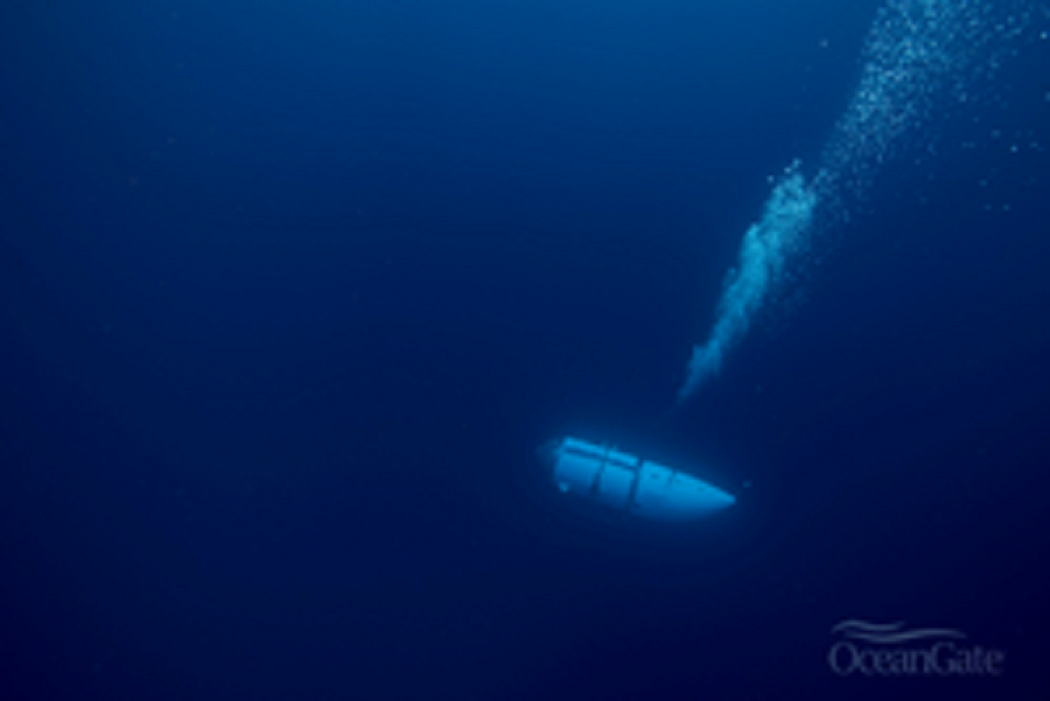
NASA and manned submersible company OceanGate have entered into an agreement to develop new carbon fiber pressure vessels for deep-sea submersibles.
NASA’s Marshall Space Flight Center in Huntsville, Alabama, will develop the vessel as part of OceanGate’s Cyclops-class submersible which is intended to dive to 6,000 m (19,800 feet) with five crew members on board.
‘We continue to receive more demand for Titanic, deep sea research and environmental supervision of deep-sea mining missions that very few submersibles in the world have the capability of supporting,’ said OceanGate CEO, Stockton Rush. ‘NASA’s advanced composite manufacturing capability is ideally suited for the high precision and high-quality requirements of our latest hull design.’
‘NASA is committed to cutting-edge composites research and development that will not only further our deep space exploration goals, but will also improve materials and manufacturing for American industry,’ added John Vickers, principal technologist for advanced manufacturing technology at NASA.
This story uses material from NASA, with editorial changes made by Materials Today. The views expressed in this article do not necessarily represent those of Elsevier.





